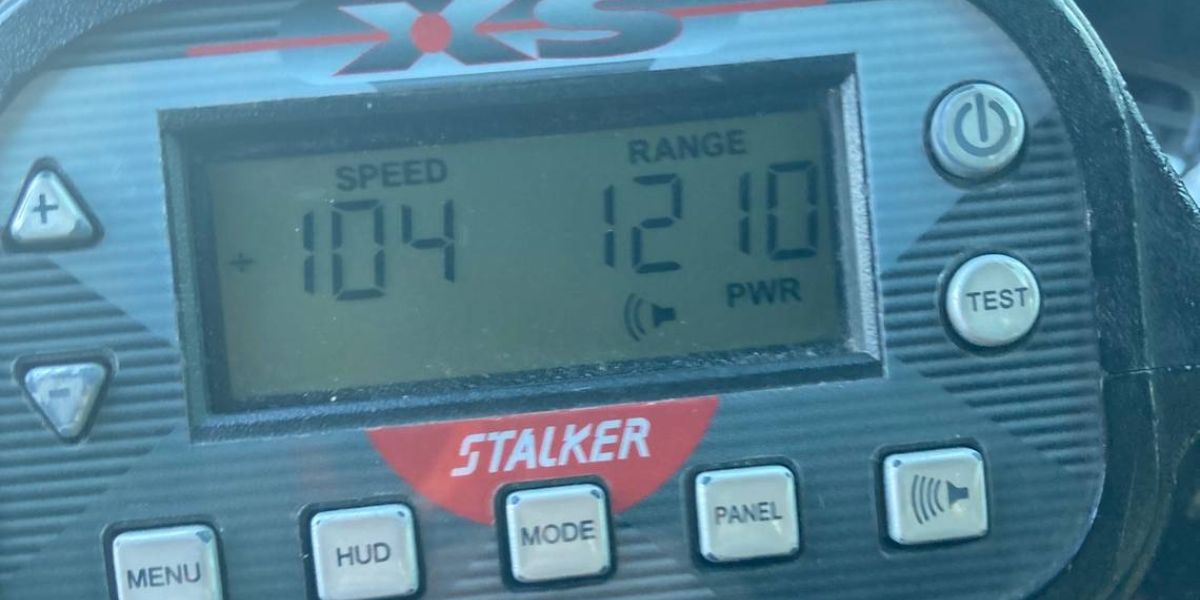The public is being invited to participate in the U.S. Department of Energy’s evaluation of potential environmental hazards associated with constructing specific hydrogen projects, one year after the Northwest was selected as one of seven new regional hydrogen hubs in a national competition.
The evaluation, which was made public on Wednesday, will examine any negative consequences of growing hydrogen projects as well as the influence of prospective infrastructure, including its size, design, and construction. However, the agency stated that the evaluations are merely a first stage and do not guarantee that the projects would proceed and obtain money. In January, it will host a virtual public meeting and accept opinions through the spring.
Green hydrogen energy generation, distribution, and end consumers are all part of the projects. Greenhouse gas emissions can be avoided by using water to make green hydrogen. One of the most important sources of clean energy to assist lower climate-warming emissions from industries that now utilize fossil fuels and are challenging to electrify due to their high energy requirements is green hydrogen energy.
In 2023, it was decided to allocate over $1 billion in federal financing over the following ten years to the Pacific Northwest Hydrogen Hub, which encompasses Washington, Oregon, and Montana. According to the U.S. Department of Energy, companies have so far submitted ten projects for the Northwest hub, including a number of facilities for producing hydrogen, pipelines and storage projects for distributing hydrogen, and projects that would encourage the use of hydrogen-powered buses, trucks, and refueling stations.
Additionally, the hydrogen generated in the Northwest may power energy-intensive operations like semiconductor production and be used to make fertilizer.
By replacing fossil fuels in some transportation and in hard to electrify sectors, the hub could divert up to 1.7 million metric tons of carbon dioxide from entering the atmosphere each year, according to the Pacific Northwest Hydrogen Association. That’s the same as taking almost 400,000 gasoline-powered vehicles off the road each year.
However, as regional rates for the electricity required to produce green hydrogen climb, project planners have had to halt plans for the Northwest Hub because of the exorbitant costs of renewable energy. Along with delays and misunderstandings regarding a federal tax credit that was intended to encourage investment and jump-start the business, they are also dealing with a lack of demand.
Register here to participate in a virtual meeting on Wednesday, January 22 from 6 to 8 p.m. regarding the environmental assessment of the hydrogen hub.
Comments on the environmental assessment procedure can be sent in here until March 23, 2025.
Water, which is composed of hydrogen and oxygen, is the starting point for green hydrogen. An electric current is run through the water using an electrolyzer, which creates a reaction that separates the hydrogen and oxygen. They catch and store the hydrogen. A significant amount of electricity is needed for the production process. However, the hydrogen is carbon neutral and environmentally friendly as long as the electricity is generated from a sustainable source, like solar or wind. Hydrogen produces only water when it burns as fuel, no carbon dioxide or other greenhouse gasses.
— Alex Baumhardt, Oregon Capital Chronicle,abaumhardt@oregoncapitalchronicle.com
Oregon Capital Chronicle is part ofStates Newsroom, the nation s largest state-focused nonprofit news organization.
Note: Every piece of content is rigorously reviewed by our team of experienced writers and editors to ensure its accuracy. Our writers use credible sources and adhere to strict fact-checking protocols to verify all claims and data before publication. If an error is identified, we promptly correct it and strive for transparency in all updates, feel free to reach out to us via email. We appreciate your trust and support!







